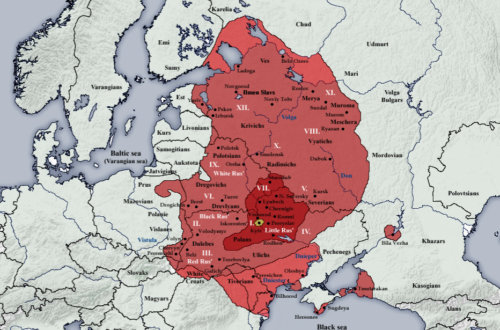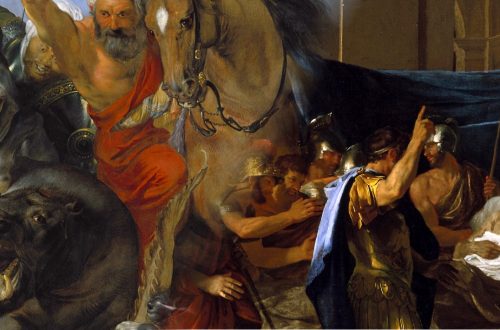Editorial Quick Take
Strange as it is to hear that horses belong to a category of mammals called “odd-toed ungulates” (the scientific term is perissodactyl if you prefer to be technical), it is even stranger to inquire into what that category means. “Odd-toed”? Horses have hooves, so why not call them “single-toed” instead of “odd-toed”? It turns out that depending on who you ask, horses may have three or even five toes on each limb.
To explain, it is necessary to rewind about 52 million years to when one of the earliest forms of the horse itself appeared. Upon this fossil’s discovery, it was informally christened the “Eohippus,” which translates “dawn horse.” The Eohippus was smaller than its modern descendant, about the size of a small dog. And it had three distinct toes on each foot. Later horses did not use all three toes, so the two toes on either side of the center toe quickly became smaller and soon did not even touch the ground as the Eohippus became the Mesohippus (“middle horse”). The Mesohippus in turn morphed into the Pliohippus (“more horse”), some specimens of which have three toes and others of which have only one. Today, many of the horse’s fellow odd-toed ungulates, such as zebras and donkeys, have also lost their other toes. Others, such as tapirs and rhinoceroses, have kept more than one.
In modern horses, this center toe is the one that we know as the hoof. The hoof is surrounded by the hard keratin wall, which protects the more delicate parts on the underside. The frog, a dark, v-shaped structure on the underside of the hoof, is one of these, as it is much softer and sensitive and contains several nerve endings. In a somewhat disturbing analogy, we could call the horse’s limb a giant toe, with the frog as the sensitive toe-tip and the wall as the protective toenail that grows and needs trimming just like a human toenail.
Though the horse has lost its other toes, a horse limb does retain vestiges of its two other toes from its Eohippus days. They are present in small splint bones on either side of the hoof. However, some scientists in the past decade have argued that, in fact, vestiges of two more toes still remain in the modern horse hoof. This traces the horse’s ancestry even further back to a hypothetical five-toed predecessor, which evolutionary theory suggests as a common ancestor for many mammals.
This discovery was made by examining several horses in various stages of development. Horses are still patterned genetically to have five toes on each limb, but they never fully develop while the baby horse grows. All five toes seem to be there in a horse embryo, but they never open up or become distinct. Research suggests that the first and fifth toes may still be present in the fully-grown modern horse, in the form of tiny “wing” bones on either side of the hoof. There are other vestiges of the horse’s existence as a five-toed animal as well. A horse’s leg has ten arteries and ten primary nerves, just like a typical limb with five digits would!
So did Black Beauty have twenty toes total? Or twelve? Or just four? It all depends on how you count the toes of the odd-toed ungulate.
Interested in learning more about the odd-toed ungulates? Click on one of the links the below.
- “The Evolution of the Horse,” in Encyclopedia Britannica
- “A Horse Has 5 Toes, and Then It Doesn’t,” in the New York Times
- “The evolution and anatomy of the horse manus with an emphasis on digit reduction,” in the Royal Society Open Science journal (scholarly article)
Header image: “Caspian Horse,” by Esmail Golshan Mojdehi (cropped and edited). Used in accord with Creative Commons Attribution-Share Alike 3.0)





